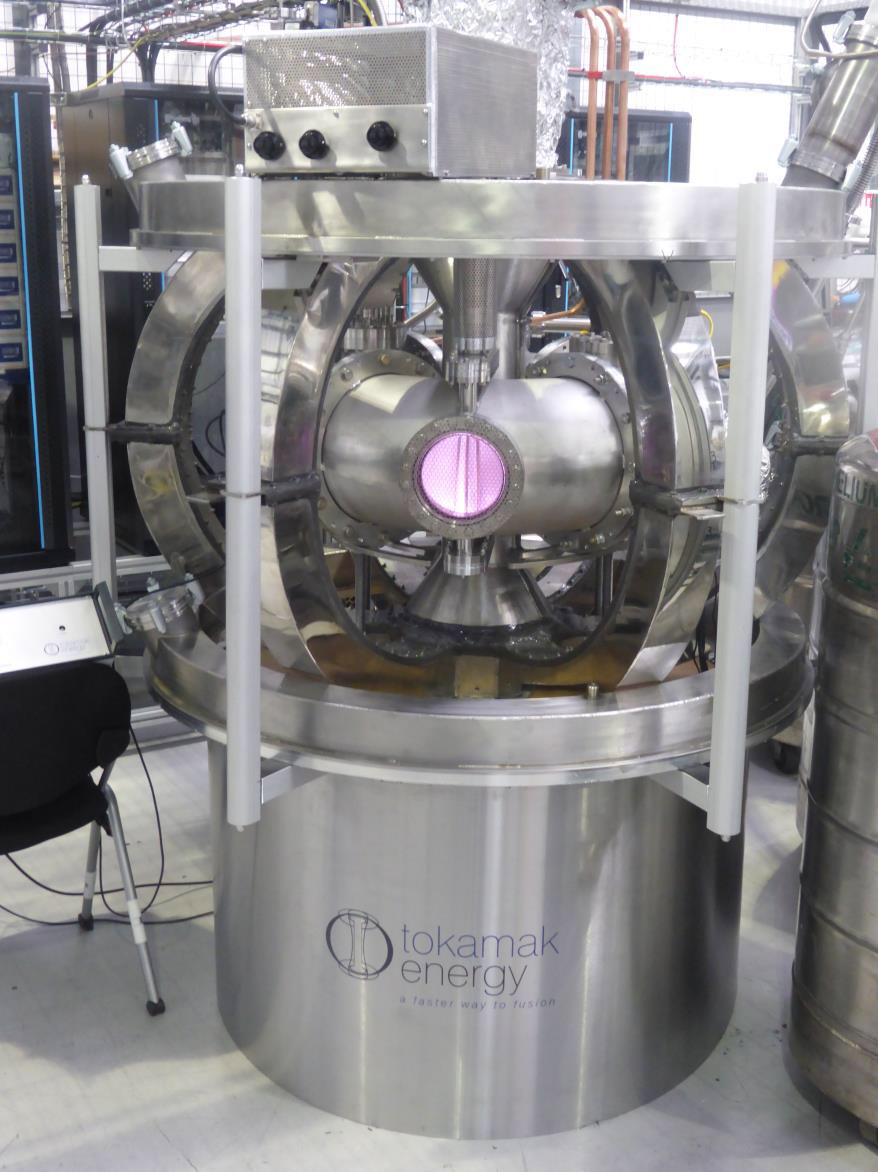FIA publishes “snapshot in time” fusion industry report
 Following new federal funding and programs announced in June to support a “bold decadal vision” for fusion energy in the United States, and the enactment of the Fusion Energy Act in July, fusion energy trade group the Fusion Industry Association has released its latest annual survey of fusion companies: The Global Fusion Industry in 2024.
Following new federal funding and programs announced in June to support a “bold decadal vision” for fusion energy in the United States, and the enactment of the Fusion Energy Act in July, fusion energy trade group the Fusion Industry Association has released its latest annual survey of fusion companies: The Global Fusion Industry in 2024.
This fourth annual report includes responses from three companies that were not surveyed in 2023 as well as an additional $900 million of reported funding in the past year. That’s growth—but growth that falls short of the “bold” expectations set by the eye-popping $2.8 billion of funding reported by private companies in 2022, as media outlets—including Reuters, with the headline “Global Fusion Energy Investment Growth Falls for Second Year”—were quick to point out.


